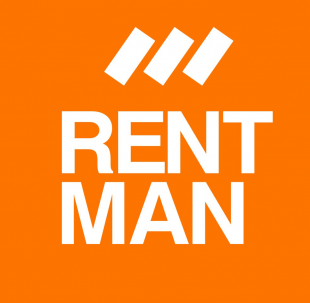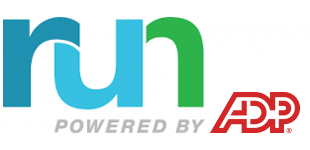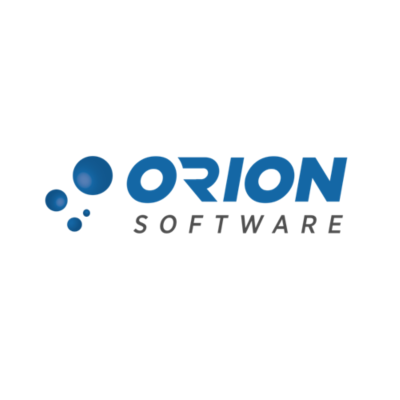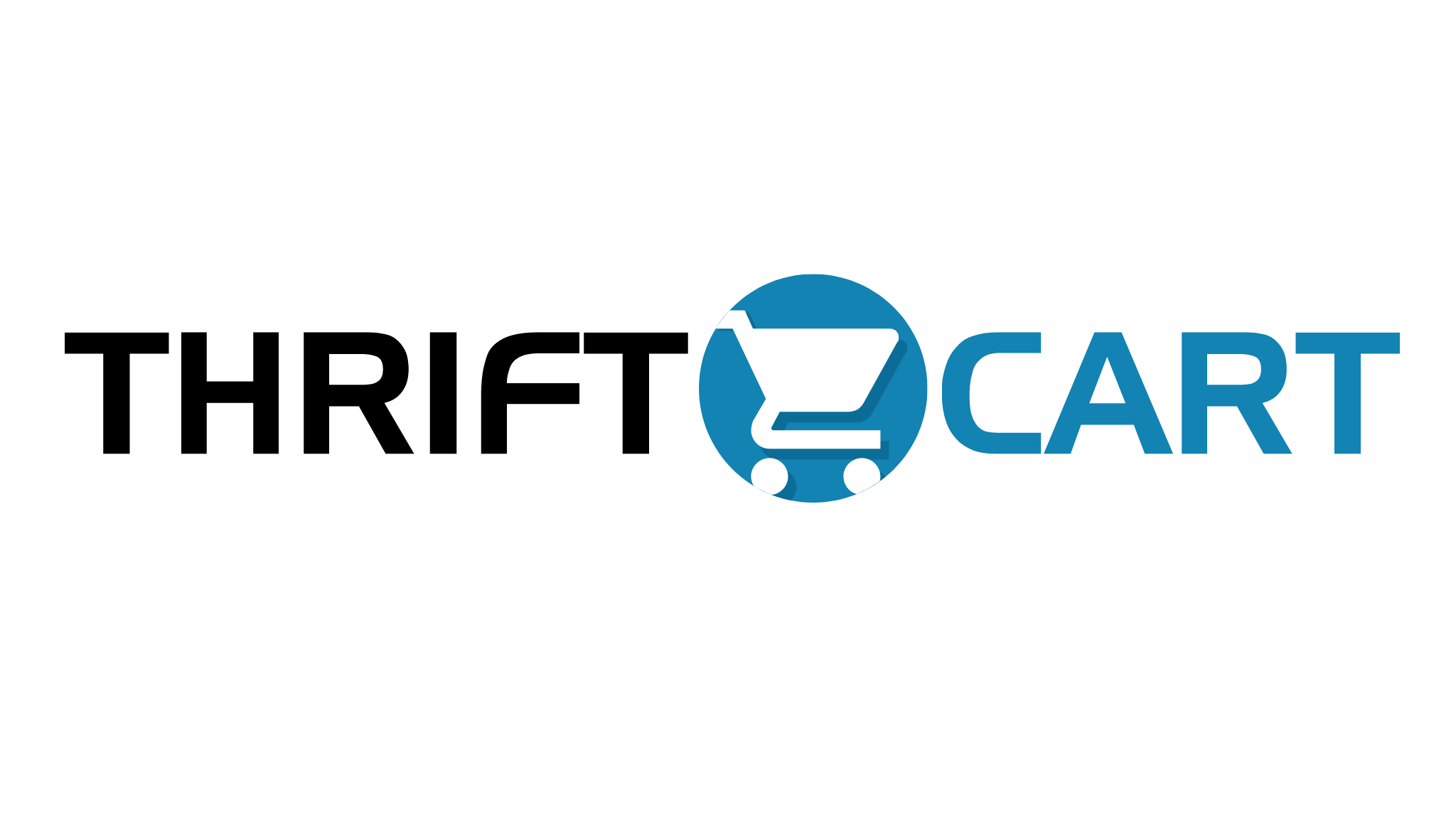What is Apple POS System for Liquor Store?
Apple POS system for liquor store has become a popular way for many retailers to simplify their inventory and minimize errors. The following article will explore the features of Apple POS, identify some points to consider when choosing a system, and point the reader towards resources for evaluating a potential system purchase.
Apple POS System For Liquor Store Features
Traditional POS system includes:
- Inventory Management.
- Workflow Automation.
- Point of Sale.
- Security and Privacy Protection.
Such kinds of point-of-sale systems integrate with or replace your existing software and hardware. A standard Apple POS installation includes an integrated credit card reader, receipt printer, cash drawer, and locking cash box. Additional features are available for purchase if desired. Point of sale vendors often offers additional equipment in addition to the required components listed above.
Options may include printers, scanners, scales, and cash drawers. Software applications such as inventory control or customer relationship management (CRM) can be integrated into the systems. Smaller retailers may want to consider a stand-alone solution due to cost concerns while larger retailers will likely benefit from the ability to streamline their processes by integrating separate applications into their POS system.
How To Choose Apple POS System For Liquor Store
Comparing the features of various POS solutions can be a daunting task. The following steps may help you narrow the field. Select three vendors and obtain literature on their systems. Next, review that literature and make a list of important features to you and your business. These should fall into three main categories:
- Hardware – Devices.
- Software – Applications.
- Services – Support & Training.
Once your list is complete, prioritize each item concerning how critical it is to your business. If two items are equally critical, prioritize them based on cost. Once your list is complete, select your “best fit” system by comparing the prices and the priority of each feature.






























